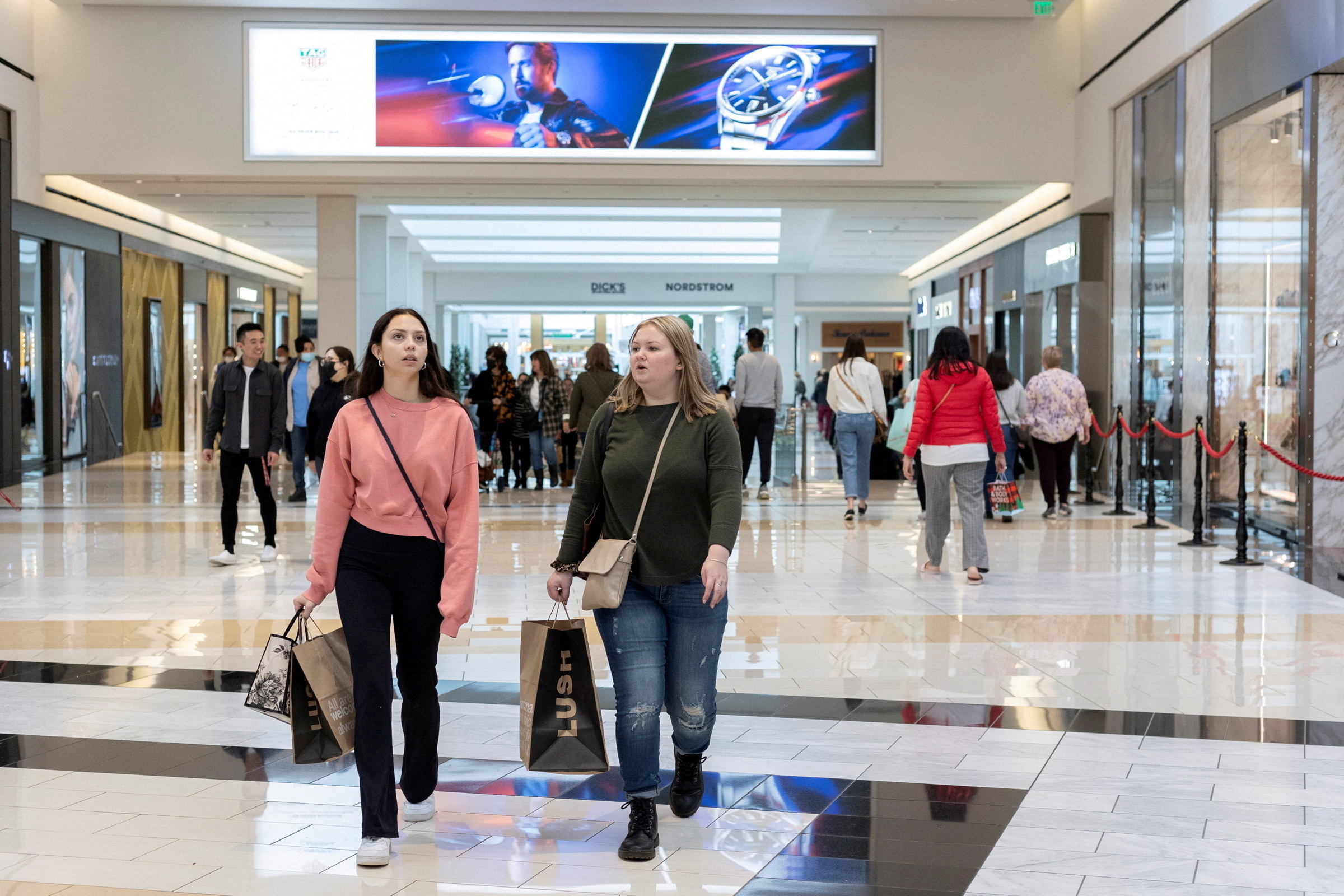Shopping malls better adapt to modern times to avoid total death, serial entrepreneur says

It wasn’t long ago that shopping malls were the epicenter of America’s towns, with teenagers flocking to hang out at the same place where their mothers could purchase a new blouse. But modern technology, overnight shipping and the COVID pandemic have given many once-thriving retail locations the dreaded "dead mall" moniker – unless they can quickly adapt.
A Dead Mall is a retail facility with an "occupancy rate in slow or steady decline of 70% or less," according to DeadMalls.com. Some dead malls remain open with high vacancy rates, while others are abandoned, demolished or redeveloped. Many still-living retail facilities have replaced traditional department stores, which historically anchored malls, with entertainment options designed to generate foot traffic needed to keep stores in business.
Bill Faeth, a professional golfer-turned-entrepreneur, has started 34 businesses ranging from drop-shipping swimwear online to successful real estate ventures. One of the ventures closest to his heart was a glow-in-the-dark miniature golf chain, Glow Golf, that peaked with over 200 locations in malls across America.
"We knew that mom wanted to go shopping, but she didn't want her kids bugging her … so we became a babysitter, you know, for kids, and built a pretty nice business out of it," Faeth told Fox News Digital.
VACANT MALLS BEING CONVERTED INTO PICKLEBALL COURTS
But Glow Golf began circling the drain when the COVID pandemic expedited the death of many malls around America, as consumers grew more and more comfortable ordering products online.
"We spent $6.6 million to buy out all of our leases during COVID because we knew that the consumers weren't coming back. And if they did come back, it was going to be a different type of consumer than what was there pre-COVID," Faeth said.
"Amazon has had a huge effect on this, right? And it's not just Amazon directly, it is the quick ship," he continued. "It used to be, if you wanted a new blouse, you wanted a new shirt, a pair of shoes -- you had to go to the mall, you had to try them on … now you can get everything instantaneously with quick ship, usually 24 to 48 hours."
Faeth said that most malls charge rent based on revenue per square foot, but losing larger tenants such as Macy’s and Sears has forced gross sales per square foot to drop by nearly 35% in most cases and even more in rural areas.
"That’s where they get on the dead mall list," he said.
When foot traffic drops, revenue drops, and Faeth said that malls can only survive in the modern climate if they’re extremely proactive and bring more restaurants and entertainment options to the community.
"It’s not just shopping anymore," Faeth said. "If they don’t mix in and turn it into kind of an entertainment [hub]… then they’re going to get left behind, because those consumers just aren’t going to that type of brick and mortar anymore."
The Xanadu-owned American Dream Meadowlands in New Jersey is one of the innovative malls that has been proactive, according to Faeth. The facility has a water park, a Nickelodeon Universe theme park, and an indoor skiing facility, in addition to a variety of high-end stores.
"They built the attractions, not only just to bring in the local consumer, but they're literally having people all over the East Coast come to that because they have the big attractions," Faeth said.
LIMITED TOO, EARLY 2000S MALL FAVORITE OF PRETEENS, TEASES A COMEBACK
Malls have generated some positive attention in recent months with articles declaring they’re not dead after all because of these innovative options. CNN declared last year that the "US mall is not dying" in a piece that noted top-tier malls in affluent areas offering "high-end dining, shopping and entertainment activities" have kept them in business.
In December, Axios published a report headlined, "Declining malls get second lives as lifestyle hubs'', which focused on entertainment options. CNBC recently published a video noting that malls survived the "slow death of department stores" by adding things like grocery stores, gyms, and ice skating rinks.
Faeth said other once-significant malls, such as Opry Mills in Nashville and Sawgrass Mills in South Florida, used to have a similar strategy but have since stopped investing in new ways to draw customers.
"Now they’re getting hammered because of it," Faeth said.
